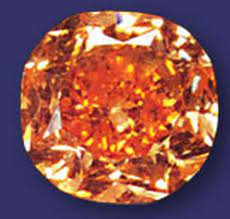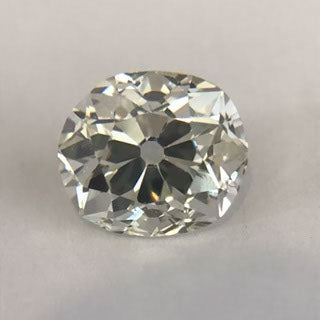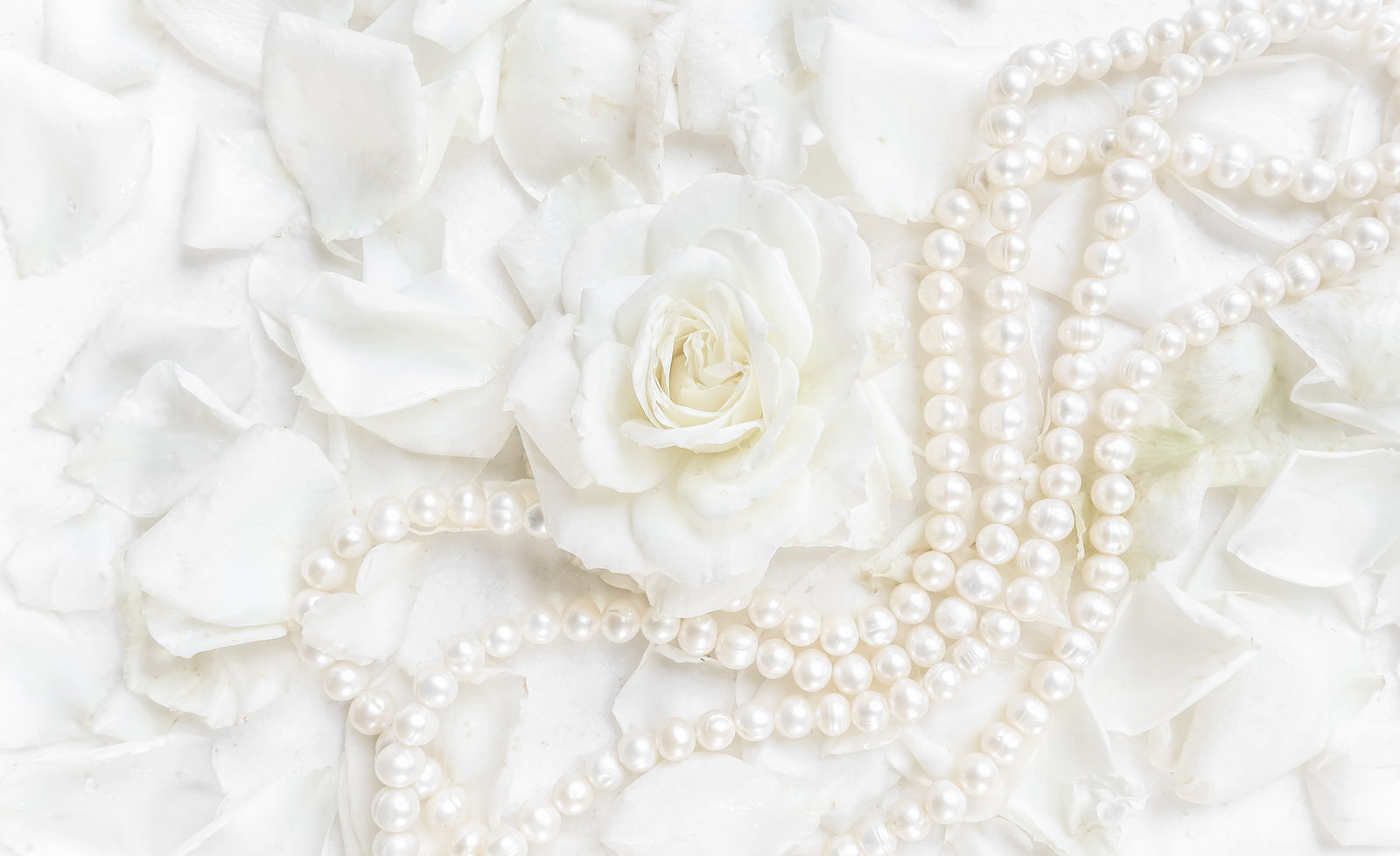Judith Leiber (1921-2018) was a Hungarian-American fashion designer known around the world for her artistic minaudieres, small evening bags made of a metal shell and adorned with crystals. However, it is her personal life that outshines even the richness, drama, and effervescence of her artistic creations.
She was born Judit Peto in 1921 Budapest Hungary to Jewish parents Emil and Helene Peto and older sister, Eva. Helene was a traditional housewife and Emil worked in a Bank as a Commodities Broker and later operated a jewelry store. The family lived in Hungary at a time when Europe was about to be thrown into upheaval by World War II. In 1938, German troops invaded Austria in what was to be the beginning of the Anschluss, incorporation of previously independent countries into the German Reich. Anti-semitism spread throughout Germany and Austria culminating in the Kristallnacht attacks against Jewish owned businesses in November of that same year. While war had not yet come to Hungary, Emil forsaw the worsening of anti-semitism in Hungary and the possibility of Hitler's army marching through Budapest, so he enrolled Judith at King's College in London where she would be safely removed from the tumult in Europe. While at King's College her father wanted her to study chemistry in hopes that she would enter the cosmetics industry as a relative had done and became quite successful making and marketing a new face cream. Judith attended college in London and when summer recess began, she returned home to Budapest. She was enrolled in fall classes and fully intended to return to her studies in London when Hitler invaded Poland on September 1, 1939. At that point, Judith refused to leave her family and remained in Budapest where she enrolled in one of the few artisan guilds that still accepted Jews. Judith gained an apprenticeship at Pressl, a prominent handbag manufacturer in Budapest. At first, her duties were restricted to sweeping floors and running errands, but she soon began learning the skills necessary to construct handbags from start to finish (including design, pattern making, cutting and molding of leather as well as framing and stitching). She soon graduated to journeyman and then master craftsman, upon which time she received a green tool box that contained all the tools she would need to create a handbag from start to finish. Judith Peto (Lieber) would become the first and only woman to join the prestigious Hungarian Handbag Guild in Budapest. Years later, Judith Leiber would be quoted as having said "Hitler put me in the handbag business".
As war raged in Europe, many of Judith's relatives were forced into Nazi concentration camps and three of her uncles were shot dead by Nazi soldiers for their refusal to wear the yellow Star of David on their clothing. Finally, it was her father, Emil, who was picked up by German soldiers and sent to a work camp inside Hungary. Helene, Judith, and Eva feared for Emil's life so they begged a friend's uncle for a pass from the Swiss Embassy where he worked. The pass was written for Emil Peto, but a 16 year old family friend added "and family" to the wording of the pass. This Swiss Schutzpass, which is on display at the Holocaust Museum in Washington, provided safe passage for Emil and his family past Germany military lines to an apartment building designated as a safe house for Swiss citizens (Switzerland was neutral in World War II). There, in a one bedroom apartment, 26 people (including Judith and her family) lived in misery but relative safety. Judiths' parents forbid her from leaving the apartment for her own safety which left little to do other than rest on one of the many mattresses strewn on the floor. When asked about this experience, Judith said "I designed handbags in my head to get through the misery".
It wasn't long before the Nazi's discovered non-Swiss citizens hiding in the Swiss safe house. In December 1944, Judith and her family (as well as other Jews hiding in the Swiss safe house) were herded into a Nazi-run Jewish ghetto in Hungary. These ghettos were designed to be holding pens in which Jews and others perceived as “undesirable” could be held until they could be loaded onto train cattle cars and shipped to concentration camps. Fortunately for Judith and her family, the war was beginning to come to a close. The Soviet Red Army entered Hungary and liberated the Jewish ghettos, but not soon enough for the more than 430,000 Hungarian Jews sent to death camps.
After liberation from the ghetto and with the city of Budapest in ruins, Judith and her family moved into a building's basement where they lived with 60 other people. Judith no longer had a place of work to go to, so with her green tool box in hand she began creating handbags and selling them to the wives of American officers. While socializing with American officers and their wives, Judith met Gerson "Gus" Leiber, who was a U.S. Army Sergeant from Titusville Pennsylvania. Gus was working as a radio operator with the Army Signals Corp in postwar Eastern Europe. Gus was already an accomplished abstract expressionist painter and when they met it was love at first sight. Their first date was to the opera in Budapest. Many years later, the operatic soprano Beverly Sills, who was a fan, collector, and friend of Judith Leiber's, would periodically send Gus and Judith Leiber complimentary tickets to her operas. In exchange, Judith would usually present Beverly Sills with a gift of one of her minaudieres. When Beverly Sills died, she had amassed a collection of more than 300 Judith Leiber handbag creations.
Judith and Gus were married in 1946 and moved to the Bronx New York in 1947. She began working as a seamstress but felt that she had much more to offer. It wasn't long before Judith met Nettie Rosenstein, an American fashion designer known for her creation of little black dresses and costume jewelry. Judith worked for Nettie Rosenstein as an assistant pattern maker in 1948 but would eventually oversee all aspects of the brand's New York factory.
It was 1953 when Mamie Eisenhower attended her husband's inaugural ball wearing a stunning rhinestone studded dress and carrying an exquisite pearl and rhinestone embroidered handbag designed by Judith Leiber for Nettie Rosenstein. Even though the designer name on the bag was that of Nettie Rosenstein, Judith Leiber's career and reputation were propelled into the stratosphere. Soon, Rosenstein gave Judith Leiber carte blanche to create anything she wanted under the Rosenstein name, but Judith still felt she had more to offer. It was Gus who convinced Judith to create her own fashion label in 1963. The couple sold their $5000 mutual fund and borrowed $7000 from Judith's father to make her American dream come true. Thus was born the iconic handbag business that bears the name of its founder; Judith Leiber.
Each year Judith Leiber created 5 collections of her iconic jeweled evening bags resulting in over 5000 unique designs to date. Each design takes more than a year from concept to final product. The conceptual designs are created in New York and then sent to Florence Italy where artisans create a prototype that is then sent back to New York where crystals are selected from a wide palette of colors, shapes, and sizes. Each minaudiere can take up to 2 weeks to create which includes sculpting, painting, gold plating, and decorating with as many as 5,000 to 10,000 high end Austrian or Bohemian crystals depending on the design. Each minaudiere passes through the hands of as many as 20 highly skilled artisans whose love of old-world craftsmanship mirrors that of Judith Leiber herself.
Many have described the minaudieres by Judith Leiber Couture as being beautiful, elegant, and sophisticated. However, it is the humor, whimsey, effortless style and unparalleled craftsmanship that make her evening bags treasured heirlooms to be passed down from generation to generation.
Prized by collectors, her minaudieres are considered wearable works of art and have adorned almost every American First Lady since Mamie Eisenhower as well as countless actors and celebrities, ranging from the Kardashians to Greta Garbo to opera singer Beverly Sills. Collections of her minaudieres are on permanent exhibit at the Smithsonian National Museum of American History, the Metropolitan Museum of Art in New York, the Victoria and Albert Museum in London, and the Taubman Museum in Roanoke Virginia.
During her lifetime, Judith Leiber received virtually every award the American fashion industry had to offer. In 1973 Judith Leiber was given a Coty Fashion Award. In 1980 she received the Neiman Marcus Winged Statue for Excellence in Design Award. In 1994 she was named "Accessories Designer of the Year" by the Council of Fashion Designers. In 2007 Judith Leiber was rated the most Pestigious Luxury Handbag Brand by the New York Luxury Institute. Then in 2008, Judith Leiber received the same ranking by the New York Luxury Institute for a second year in a row.
Judith Leiber died on April 28, 2018 at the age of 97. She died just hours after her beloved husband of 72 years, Gerson (Gus) Leiber.
Though Judith Leiber is no longer with us, her iconic handbag company that bears her name continues under the bold leadership and artistic creativity of fashion designer Dee Hilfiger.
Howard’s Diamond Center is incredibly proud to partner with Judith Leiber Couture as the fashion label’s only official representative in West Virginia. Whether it’s a wedding, prom, the Viennese Ball, the Wheeling Symphony, or a cocktail party, Judith Leiber Couture is a must. Howard’s Diamond Center is pleased to offer the latest Judith Leiber minaudiere designs as well as collectible estate treasures. Click here to see our Collection



















